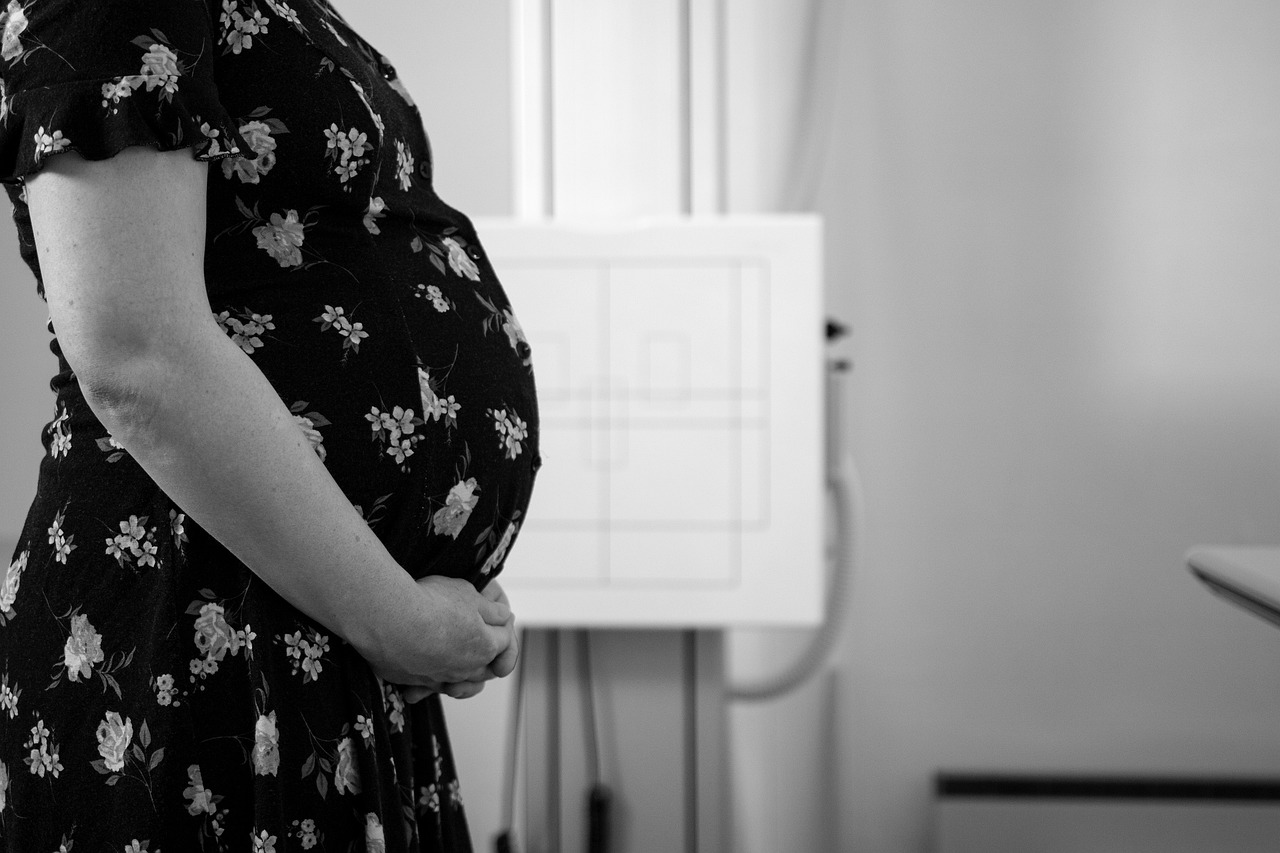Advances in Hearing Aid Design and Comfort
11xplay, india 24 bet login registration, skyiplay:Hearing aids have come a long way in recent years, with significant advances in design and comfort making them more user-friendly and effective than ever before. These advancements have revolutionized the way people with hearing loss experience the world around them, making it easier for them to communicate and engage with others.
Improved Comfort and Fit
One of the most significant changes in hearing aid design is the focus on comfort and fit. Manufacturers have made great strides in creating devices that are lightweight, discreet, and custom-fit for each individual wearer. Gone are the days of bulky, uncomfortable hearing aids that cause discomfort and self-consciousness. Today’s devices are sleek and virtually invisible, making them much more comfortable to wear for extended periods.
Enhanced Sound Quality
Advances in digital technology have vastly improved the sound quality of modern hearing aids. These devices are now able to automatically adjust to different environments, filtering out background noise and enhancing speech clarity. This makes it easier for wearers to hear and understand conversations in noisy settings such as restaurants or crowded rooms. Additionally, many hearing aids now come equipped with Bluetooth capabilities, allowing wearers to stream audio directly from their smartphones or other devices.
Longer Battery Life
Another area of improvement in hearing aid design is battery life. Newer models are more energy-efficient, meaning wearers can go longer periods between battery changes. Some devices even come with rechargeable batteries, eliminating the need for disposable ones altogether. This not only saves money in the long run but also reduces waste and environmental impact.
Water Resistance
For those with active lifestyles or who live in humid climates, water resistance is a game-changer. Many modern hearing aids are designed to be water-resistant, meaning wearers can confidently participate in activities such as swimming, working out, or simply sweating without fear of damaging their devices. This level of durability and reliability was unheard of in older models and provides a sense of freedom and peace of mind for users.
Smart Features
In addition to improved comfort and functionality, many modern hearing aids come equipped with smart features that make them even more convenient to use. Some devices can connect wirelessly to smartphones, allowing wearers to adjust settings, stream audio, or even track their devices if they misplace them. This level of connectivity and control was once unimaginable but is now a standard feature in many high-end hearing aids.
Customization Options
Finally, modern hearing aids offer a level of customization that was previously unavailable. Wearers can choose from a variety of colors, styles, and sizes to suit their personal preferences and lifestyles. Some devices even come with interchangeable covers or accessories, allowing wearers to change up their look whenever they please.
Overall, the advances in hearing aid design and comfort have greatly improved the quality of life for individuals with hearing loss. These devices are no longer just medical necessities but stylish accessories that enhance communication and social interactions. With continued innovation and development in this field, the future looks bright for those in need of hearing assistance.
FAQs
Q: Are modern hearing aids really invisible?
A: While modern hearing aids are much smaller and more discreet than older models, they may still be visible to some extent depending on the individual’s hair and skin tone. However, many wearers find that the benefits of improved comfort and functionality far outweigh any concerns about visibility.
Q: Can I wear my hearing aids while swimming?
A: Some modern hearing aids are water-resistant, meaning they can withstand some exposure to water. However, it’s essential to check the manufacturer’s guidelines and recommendations before wearing your devices while swimming or in other water-related activities.
Q: How long do hearing aid batteries last?
A: The lifespan of hearing aid batteries can vary depending on factors such as usage, type of device, and environmental conditions. Generally, disposable batteries will need to be replaced every 5-14 days, while rechargeable batteries can last up to a full day on a single charge.
Q: Are modern hearing aids covered by insurance?
A: Many insurance plans do cover some or all of the cost of hearing aids, but it’s essential to check with your provider to understand your coverage. Additionally, there are financial assistance programs available for those who may not have insurance coverage for hearing aids.







